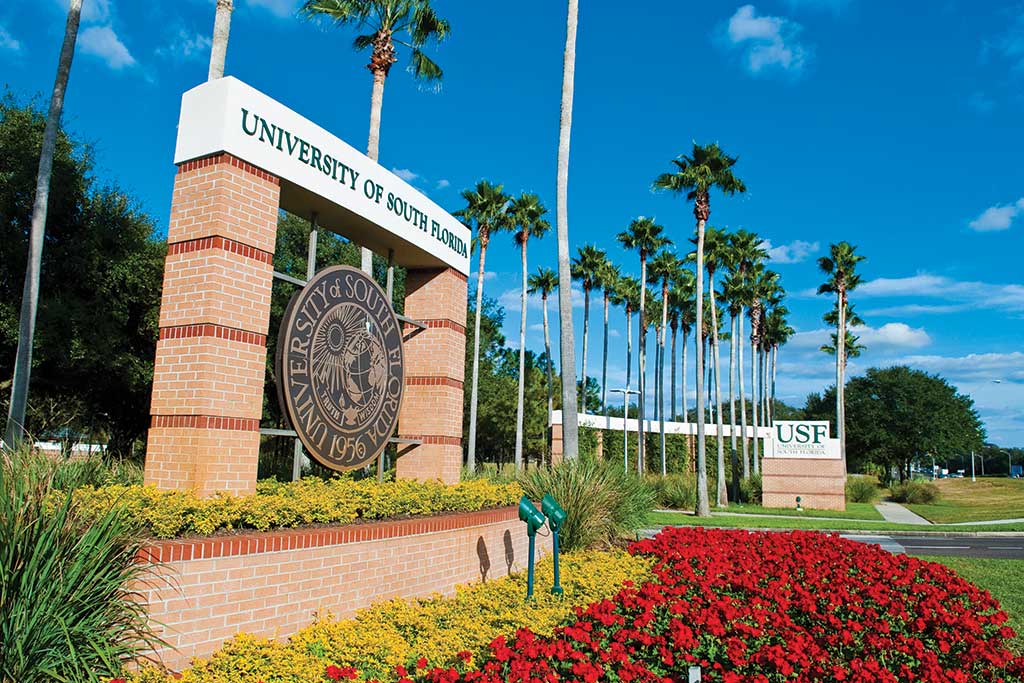
Florida State Senate President Joe Negron continues to insist there was no dark conspiracy to deny pre-eminent status to the University of South Florida. He swears on a stack of legal briefs that state graduation guidelines weren’t changed at the last minute just to make sure USF wouldn’t qualify.
As we now know, this is not a small thing. By failing to achieve the pre-eminent designation, USF missed out on millions of dollars — money the state’s flagship schools in Gainesville and Tallahassee enjoy.
USF thought it was home free, ready to celebrate its new standing among the academic elites. But in the closing hours of the Legislative Session, where wheels are turning and deals are made, lawmakers said a school had to have a four-year graduation rate of 60 percent to qualify.
USF is at 54 — double what it was in 2009, and more than enough to qualify under the old standard of 50 percent.
Not now.
Negron dismissed USF’s cries of foul play, arguing that increasing the requirement has always been part of his stated long-range goal to make sure top Florida universities have the same academic status enjoyed by schools like North Carolina and Virginia.
In an op-ed in the Tampa Bay Times, Negron wrote, “The goal posts were not moved. Proposed legislation is frequently revised and amended during Session, and it was imprudent for any observer to count their chickens before they hatched. USF simply did not hit the current standard.”
Here’s where it gets murky, though. Negron argues the four-year number wasn’t the fatal blow to USF’s chance this time. He said to look at the six-year graduation rate as the “one, and only one” reason USF missed.
So, I did.
Negron has at least one fact to back his point.
In 2011, the state university Board of Governors established the benchmark requiring that 70 percent of full- or part-time students entering college for the first time graduate within six years. They reaffirmed that number in 2014.
That doesn’t sound like the “last minute” to me.
USF’s total is 67 percent.
Close, but no pre-eminence. Pre-eminence doesn’t get graded on the curve.
This may be a good time to ask if lawmakers should consider other factors when assessing a university’s performance. Following Negron’s logic, requiring 70 percent of a school’s students graduate within six years makes it extra hard for places like USF because a considerable percentage of its students don’t fit the so-called “traditional” profile.
The image of a college student is someone who heads to a university straight out of high school. That’s largely true at the University of Florida and Florida State, but not so much at USF. Nearly half of the USF student population is older than the traditional 18-22 age group.
There are a sizable number of students over the age of 25. Many are 35 and over, taking a class here and there while juggling work and family responsibilities. Catering to those students is a vital part of USF’s mission. Should the university be punished for that?
USF sometimes forgets how far it has come in a relatively short amount of time. The university has only been around since 1957. It has evolved from an institution known jokingly as “Drive-Thru U” into a place where fewer than half the applicants are accepted.
Its campus has been transformed from something that resembled an industrial park with classrooms into a striking, vibrant setting. President Judy Genshaft has been a fundraising dynamo, and USF is a vital player in Tampa’s economic future.
It’s all good.
Being told to wait a bit longer to achieve the status that will put it on equal standing with Florida and Florida State stings for sure. At the rate it is going though, it won’t be long before USF gets what it badly wants.
Unless the rules change again, of course.



